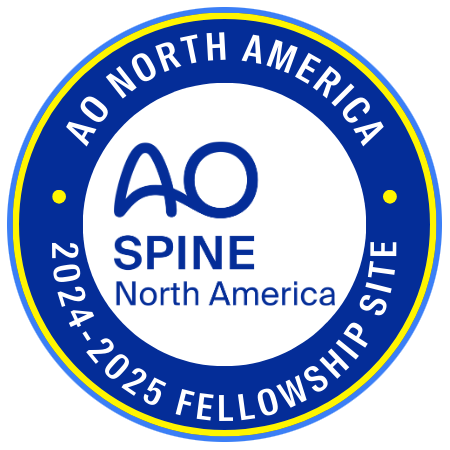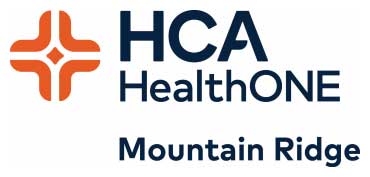 Your back pain doesn’t take a vacation… There are a number of back pain relief remedies that you can easily incorporate into your routine to help manage your pain. Learn about a number of relatively simple ways of cooling back pain and other back pain relief tips.
Your back pain doesn’t take a vacation… There are a number of back pain relief remedies that you can easily incorporate into your routine to help manage your pain. Learn about a number of relatively simple ways of cooling back pain and other back pain relief tips.
Cool it–with Ice
Even with all the high tech medical options available, a simple ice application can still be one of the more effective, proven methods to treat a sore back or neck. Ice is typically most effective if it is applied soon after an injury occurs, or after any activity that causes pain or stiffness. Ice can also be very helpful in alleviating postoperative pain and discomfort. While any form of applying cold to the injured area – such as a bag of ice wrapped in a towel or a commercial ice pack – should be helpful, combining massage therapy with ice application is a nice alternative for pain relief.
Heat Therapy May Feel Good Too
While the overall qualities of warmth and heat have long been associated with comfort and relaxation, heat therapy goes a step further and can provide both pain relief and healing benefits for many types of lower back pain. In addition, heat therapy – such as heating pads, heat wraps, hot baths, warm gel packs, etc. – is both inexpensive and easy to do. Some patients find more pain relief with heat (either moist heat or dry heat) and others with ice. The two therapies may also be alternated, which may make heat therapy more tolerable when it’s hot outside.
Take Advantage of Warm Muscles
If you have tight hamstring muscles (the large muscles in the back of your thighs), the motion in your pelvis may be limited, which can increase stress across your lower back. To decrease this stress it is a good idea to incorporate hamstring stretching exercises into your daily routine. Hamstring stretching should typically include applying even pressure to lengthen the hamstring muscle for 30 to 45 seconds at a time, one to two times each day. There are a number of different ways to stretch your hamstrings, and if you have a back condition you may want to check with your doctor or physical therapist to discuss which position will work best for you. Warmer outside temperatures may contribute to an easier muscle warm-up and staying loose a little longer than in cold weather.
 Work Out in the Pool
Work Out in the Pool
While it sometimes may not seem like it, there are a number of soothing, rewarding therapies available to treat back pain. One such treatment option is water therapy (also called pool therapy, hydrotherapy, or aquatic therapy). In addition to the physical therapy benefits, water therapy has the added benefits of relaxation and sensory alterations due to water temperature and hydrostatic pressure. It also unweights the joints of the spine and allows for further range of motion.
Resist the Urge to Sleep in
People with chronic back pain often experience trouble falling asleep or staying asleep. Establishing a consistent sleep-wake pattern is one of the ways to help alleviate a sleeping problem. Many people get in the habit of staying up late and sleeping in… not only does this behavior risk causing insomnia, the potential for more bed rest (versus more activity/exercise) is usually not recommended for most people with back problems–and both insomnia and too much bed rest can exacerbate back or neck pain.
Source: www.spine-health.com; Stephanie Burke; October 5, 2011








